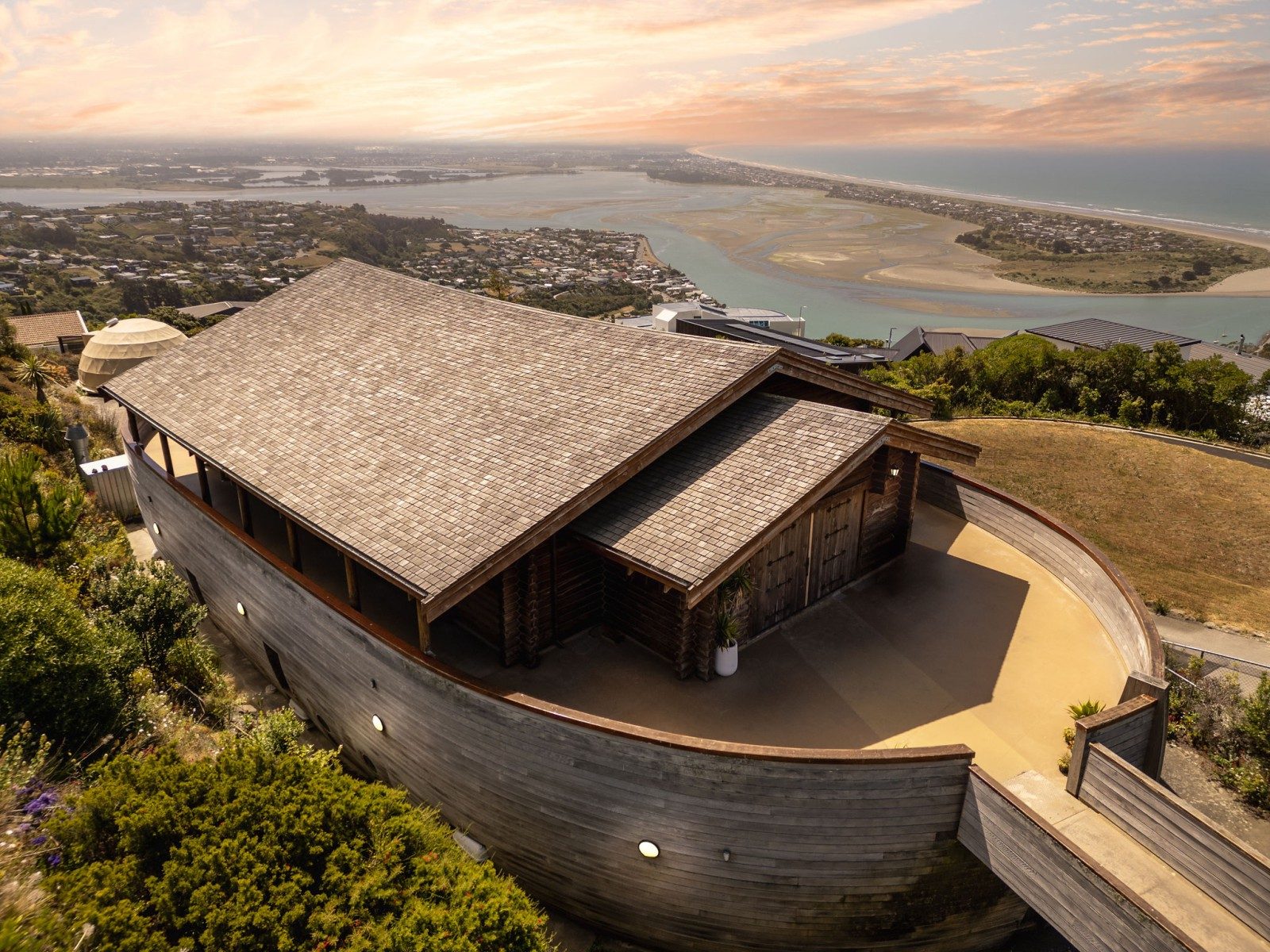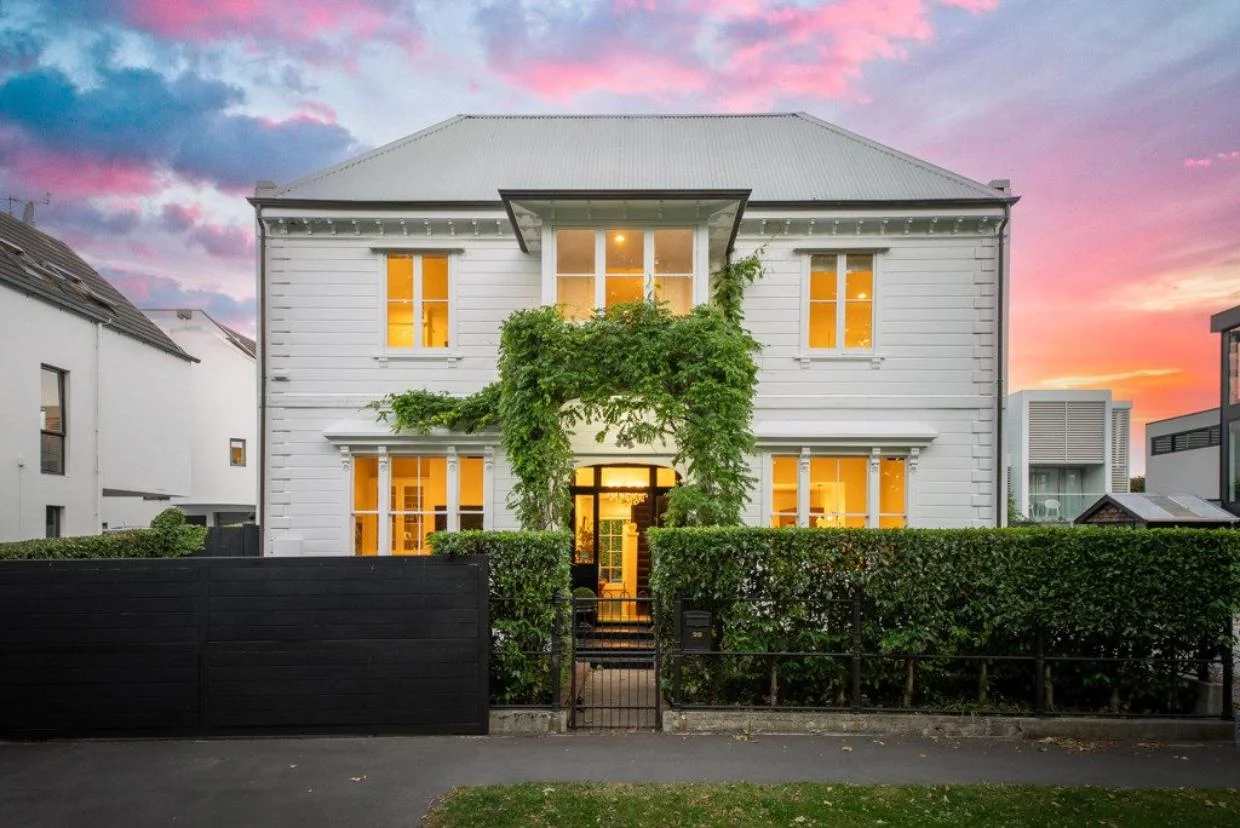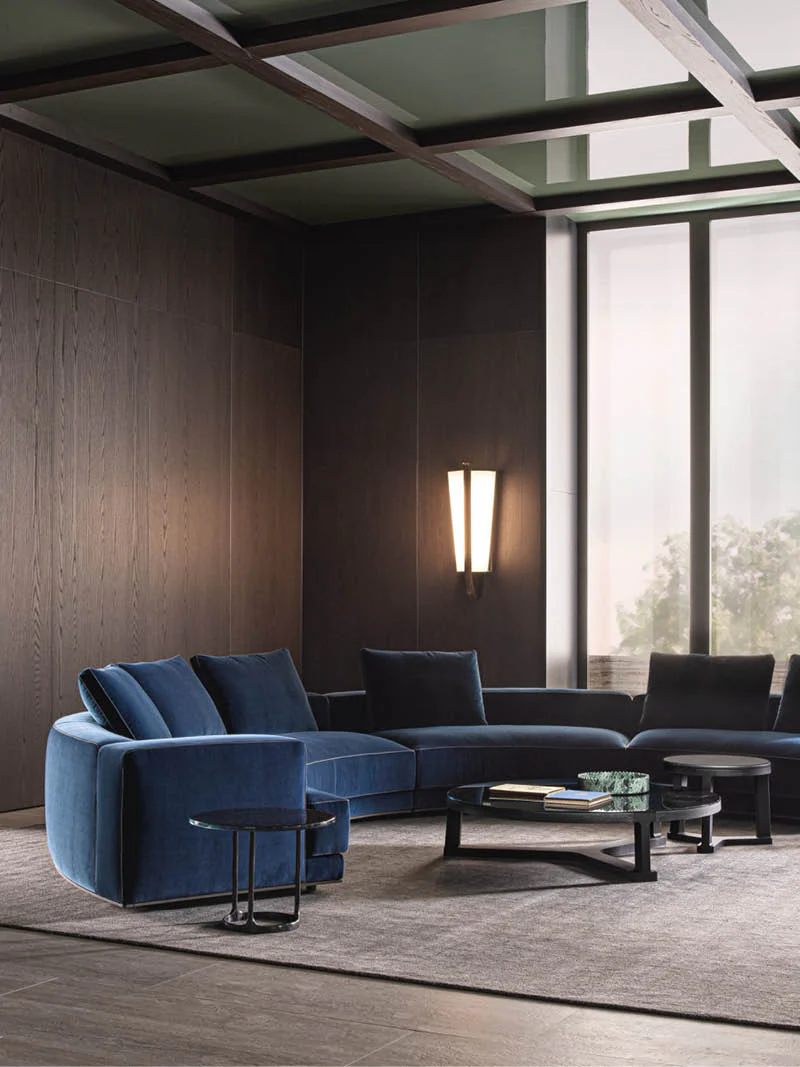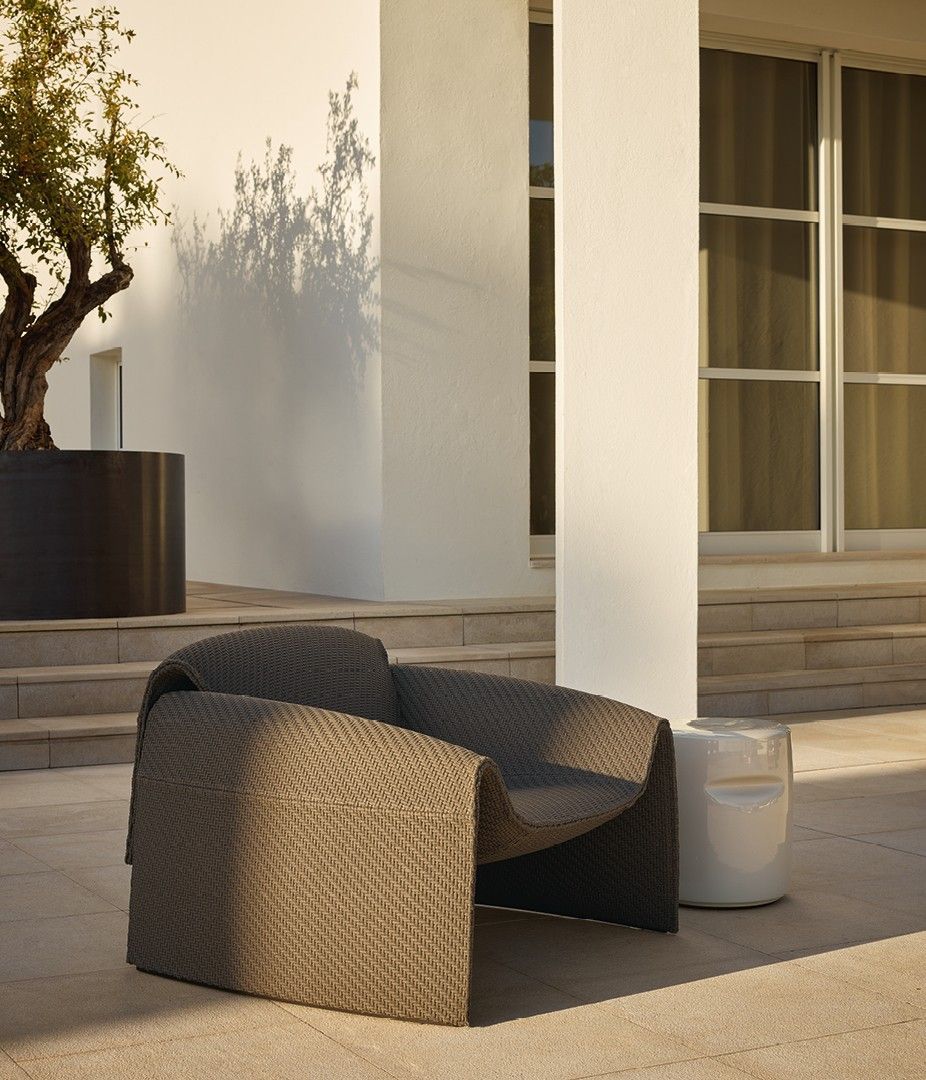Feature article
Embracing the Curve: The 2025 Home Design Trend
Sharp angles and straight lines are being replaced.

As we step into 2025, the design world is witnessing a notable shift: the curve is making a comeback. In homes across the globe, sharp angles and straight lines are being replaced by soft, fluid, and organic curves. From furniture to architectural details, this trend promises to bring a sense of warmth, comfort and modernity into your living spaces. Whether it's inside the home or out on the patio, curved design elements are poised to reshape how we think about interior and outdoor aesthetics.
Curved furniture like the Molteni&C Augusto modular sofa from Dawson & Co has already begun to make waves, so really, it’s no surprise that in 2025 it's destined to be a focal point of interior design. Unlike the rigid, boxy structures that dominated past decades, curved furniture offers a welcoming and soft silhouette that invites relaxation and movement. Whether it's a gracefully curved sofa, an arched bookshelf or a rounded coffee table, this type of furniture creates a harmonious flow that can transform any room.
Cover image: Molteni&C Augusto sofa by designer Vincent Van Duysen introduces innovative circular compositions with curvilinear modules that foster intimate conversations. Image: Dawson & Co
In living rooms, for example, a curved sectional sofa can act as the centrepiece, providing a comfortable and stylish setting for family gatherings or entertaining guests. The absence of sharp edges creates a soothing, cohesive look while also encouraging conversation and connectivity — perfect for modern family life.
Not just for the indoors, the curved furniture trend is making its way outside as well, much like the Poliform Le Club outdoor armchair by Studio Italia. Curved outdoor furniture is an ideal way to bring the organic beauty of nature into your backyard while maintaining a sleek and contemporary style. Whether you’re designing a cozy nook on your patio or outfitting a large outdoor entertaining area, curved outdoor furniture adds elegance and comfort.
Poliform’s iconic Le Club outdoor armchair by designer Jean Marie Massaud soft inviting curves making it a beautiful addition to any outdoor space. Image: Studio Italia
Curved wicker patio furniture is especially popular for its blend of classic charm and modern flair. The woven texture of wicker, paired with curved designs, provides a timeless look with a refreshing update. This type of furniture can be used to create intimate conversation areas, sunbathing spots or even curved lounge areas that encourage relaxation under the open sky. With the 2025 trend leaning toward sustainability, many outdoor furniture brands are now offering eco-friendly curved wicker patio furniture options, ensuring that style and sustainability go hand in hand.
So, what makes the curve so irresistible? On a psychological level, curves are known to evoke feelings of calm and comfort. Unlike sharp, rigid lines that can feel harsh or imposing, curves are inherently inviting, promoting a sense of peace and tranquillity. They mimic the natural forms found in the world around us, from the arch of a tree to the shape of a rolling hill.
Aesthetically, curves bring balance and harmony to any space. In contrast to the sometimes overwhelming sharp angles of modern design, curved furniture and elements introduce a more relaxed, fluid flow that can soften a room's overall look. This results in an atmosphere that's both contemporary and comfortable, a delicate balance that makes any home feel effortlessly stylish.
As we continue to embrace the curve in 2025, it’s clear that this trend is here to stay. So, if you’re planning to refresh your home or outdoor space in the coming year, consider introducing curvaceous elements into your design. With its ability to balance form and function, softness and strength, the curve will undoubtedly remain a central theme in the design world for years to come.
Author
Discover More

Trade Me’s most-viewed property listings of 2025 revealed: From an ark house to a golden retriever homestay
Needing inspiration? Trade Me's compiled the most popular property listings of 2025, see the homes Kiwi love to look at

1800s landmark Christchurch house looking for new owners
A post-earthquake makeover has restored the splendour of this landmark house in Christchurch, which is for sale.
Search
Other articles you might like






